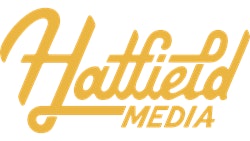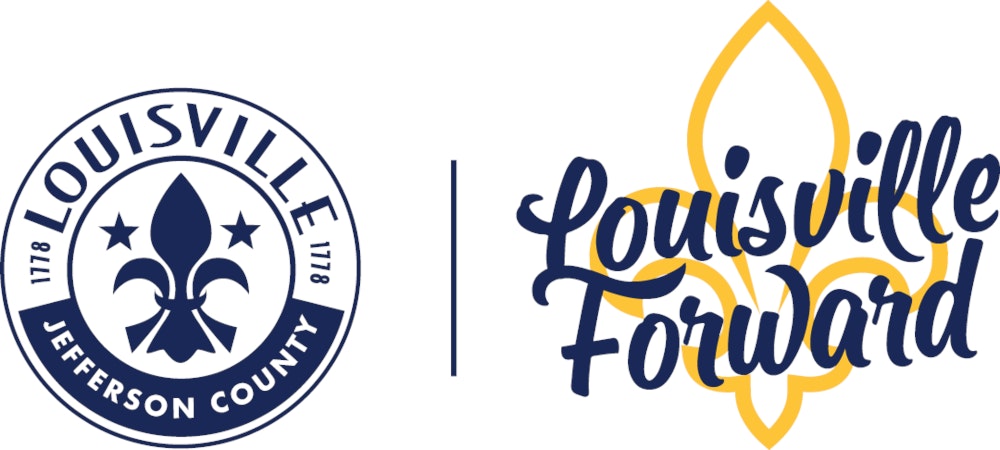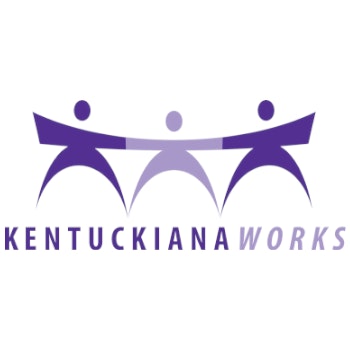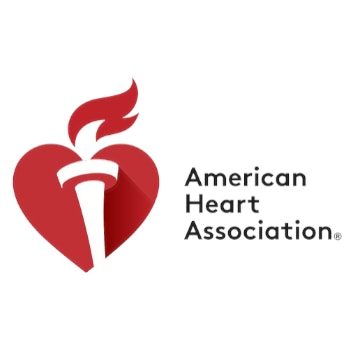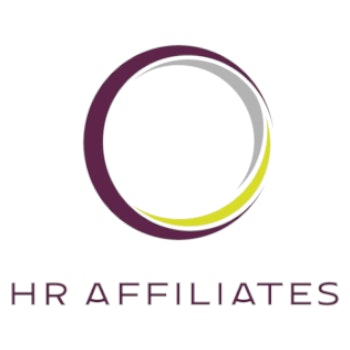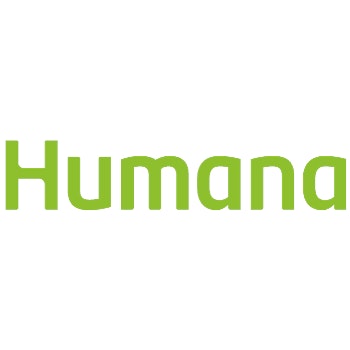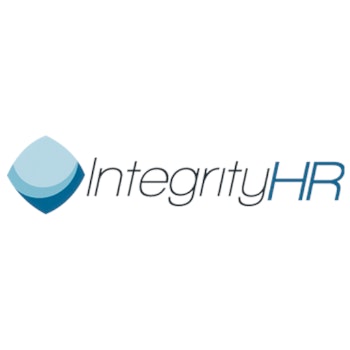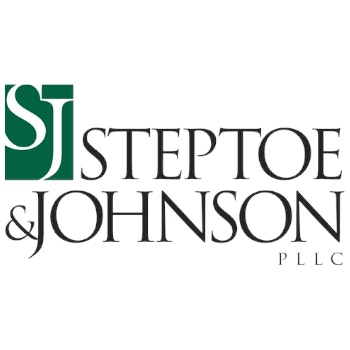AIA releases retail store and office 3D models for reducing risk of COVID-19
Design strategies provide a holistic approach to modifying stores and offices using a 17-point architectural, engineering and administrative framework based upon recent COVID-19 public health information. They also provide cost effective options that can be implemented immediately and suggest design alternatives for creating more flexible spaces, enhancing social connectedness, and reinforcing healthy behaviors. Common hazards and considerations for employers are also provided.
Mitigation strategies were developed by a team of architects, public health experts, engineers, and facility managers as part of the AIA’s “Reopening America: Strategies for Safer Buildings” initiative. The team is developing strategies for buildings to reduce the risk of COVID-19 transmission, promote social distancing standards, and enhance wellbeing. A comprehensive report of the initiative is available on AIA’s website.
Outcomes from the team were also used to develop three tools for protecting the health and safety of the public while providing services.
- Tool #1 - Risk Management Plan for Buildings – Provides a comprehensive process for assessing hazards in buildings and reducing risk. The methodology can be applied during the pandemic and for all shocks and stresses to create more resilient buildings and businesses.
- Tool #2 - AIA Re-occupancy Assessment Tool (2.0) - Provides an enhanced framework of strategies for reopening or making buildings safer, including housing, offices, restaurants, retailers, senior living facilities, and schools.
- Tool #3 - COVID-19 ArchMap – Architects can now input design strategies that mitigate risk of COVID-19 for any building type to AIA’s map. The platform is produced in partnership with the University of Kansas’ Institute of Health + Wellness Design and intended to facilitate design innovation.
The team is also developing tailored strategies and considerations for schools and senior living facilities. Individualized reports will be released in the near future.
Resources and strategies were developed using a virtual charrette workshop – a method used to study specific issues in a limited time frame using an intense brainstorming session.
As part of the sessions, a group of public, environmental, and occupational health experts and physicians provided an independently developed 90-minute briefing on SARS-CoV-2 infectious disease transmission, epidemiological models, and insights into the most current research of the virus as of early May. A complete summary of the public health briefing is available online.
Visit AIA’s website for more COVID-19 resources for architects.
About AIA
Founded in 1857, AIA consistently works to create more valuable, healthy, secure, and sustainable buildings, neighborhoods, and communities. Through more than 200 international, state and local chapters, AIA advocates for public policies that promote economic vitality and public wellbeing.
AIA provides members with tools and resources to assist them in their careers and business as well as engaging civic and government leaders and the public to find solutions to pressing issues facing our communities, institutions, nation, and world. Members adhere to a code of ethics and conduct to ensure the highest professional standards.
